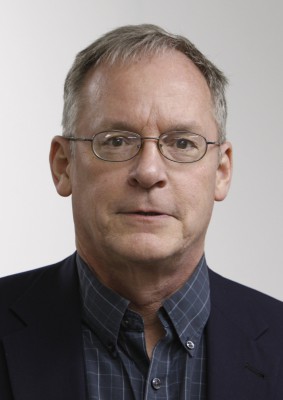
The County Land Use Plan Update, the City’s Downtown Master Plan, and the Rochester Olmsted Council of Governments (ROCOG) Long-Range Transportation Plan all relied on forecasts developed by the Planning staff back in 2004. The Planning staff made the assumption that health care employment would maintain the same relative position in comparison with the rest of the nation that it has enjoyed for the past few decades. Because of the demographic changes affecting the country (with the aging of the baby boom, the demand for health care is increasing exponentially), this means that we assumed consistent strong growth in health care employment. Our total employment forecast for 2030 was 143,500 jobs.
Comparing our projections to the data from the Bureau of Economic Analysis for 2010 shows that the recession had a significant impact for most industrial sectors in the County. Most notable was a 37% decline in manufacturing employment since 2000. Fortunately for our economy, this decline was offset by a 32% growth in health care employment, giving Olmsted County a net gain in jobs over the decade of 7%.
In other words, health care employment during the 2000’s maintained its relative edge.
Following the 2010 Census and the release of the State Demographic Center’s revised population forecasts, we have adjusted our employment forecasts. Assuming that manufacturing employment remains stable and adjusting the other sectors for the impact of the recession, our 2030 forecasted total employment without adjusting for the DMC’s internal forecasts would be 139,800 jobs. Adjusting for the DMC forecasts, and applying the local ratios of basic sector to support sector jobs, our total becomes 149,400 jobs. These are roughly consistent in total with our original forecasts, although the health sector is a larger share of the total.
Olmsted County has been through rapid employment growth before. From 1983 to 2003, we grew by 35,000 jobs. That was during a time when the baby boom was entering the labor force, however, and this will be during a time when the baby boom is retiring. This leaves growing employers with a potential labor force shortage. This shortage will have to be made up by increased commuting, transfers from other sectors of the economy, deferred or part time retirement, and increased migration. Our ability to rely on commuting will depend heavily on our ability to invest in safe and energy-efficient infrastructure.
Phil Wheeler, AICP, is the director of the Rochester Olmsted Planning Department and Executive Director of the Rochester Olmsted Council of Governments
What thoughts do you have about growth in Rochester and Olmsted County? Share your thoughts here.




